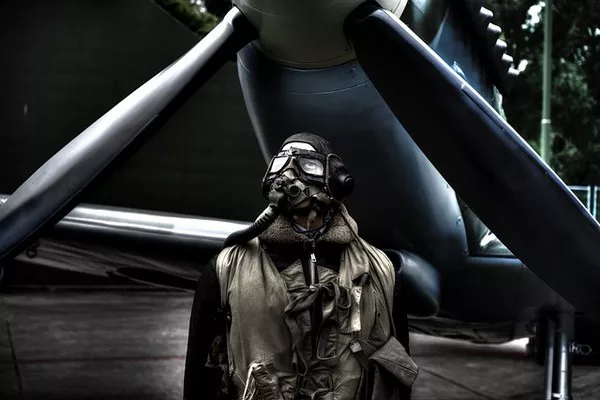Airbus Helicopters has partnered with Trumpf to utilize 3D printers in the production of components for its helicopters and aircraft manufactured by parent company Airbus. This initiative is part of Airbus Helicopters’ expansion of additive manufacturing capabilities through a new 3D printing center in Donauwörth, Germany. Trumpf will supply the metal 3D printing machines for this project, contributing to the development of advanced components for future helicopters and passenger aircraft, including the electric-powered CityAirbus, high-speed Racer helicopter, Airbus A350, and A320.
By leveraging 3D printing technology, Airbus Helicopters aims to reduce component weight, which, in turn, benefits aircraft operators by reducing fuel consumption and operating costs while also contributing to lower in-flight CO2 emissions. The additive manufacturing process allows for the creation of lightweight yet robust components that meet stringent aviation safety standards, providing a significant advantage in the aviation industry’s quest for sustainable and efficient flying.
Richard Bannmüller, CEO of Trumpf laser and system technology, emphasized the role of 3D printing in achieving sustainable flying while reducing dependence on lengthy supply chains. Additive manufacturing not only helps create lightweight components but also conserves raw materials, lowering production costs compared to traditional methods, which typically generate significant material waste.
Trumpf’s 3D printers are employed in manufacturing structural components constructed from titanium and high-strength aluminum, offering a cost-effective and environmentally friendly solution for the aviation industry. By using 3D printing, Airbus Helicopters and Trumpf can optimize material usage and minimize waste, benefiting both manufacturers and the environment.

